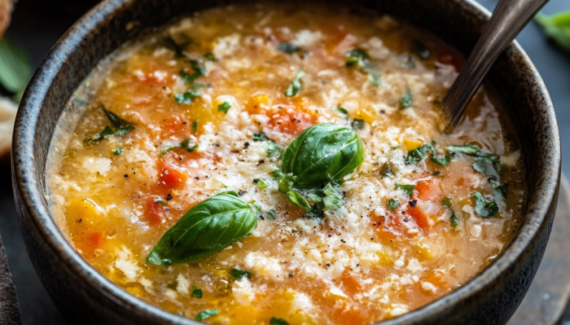
Here’s a detailed, unique article on that topic:
Everything You Can Do with This Plant: All of Grandma’s Uses
For generations, grandmothers around the world have relied on natural remedies and versatile plants for everything from cooking to cleaning, healing to crafting. One plant, often overlooked in modern households, holds a treasure trove of uses that can make life simpler, healthier, and more sustainable. Today, we’re diving into everything you can do with this remarkable plant—just like Grandma did—complete with step-by-step guidance for each method.
1. Culinary Uses: From Kitchen Staple to Flavor Hero
Grandma always had a way of transforming simple ingredients into mouthwatering meals. This plant is no exception. Depending on the species, you can use it fresh, dried, or even as a powder.
Step-by-Step: Making a Herbal Infusion
- Harvest Fresh Leaves: Choose healthy, vibrant leaves from the plant. Wash them gently to remove dirt or dust.
- Boil Water: Heat water until it reaches a rolling boil.
- Steep the Leaves: Add 1-2 teaspoons of leaves per cup of water. Cover and steep for 5–10 minutes.
- Strain and Serve: Use a fine mesh strainer to remove leaves. Sweeten with honey if desired. Enjoy as a soothing tea that can aid digestion, calm nerves, or simply warm you up on a chilly day.
Step-by-Step: Flavoring Your Cooking
- Chop fresh leaves finely and sprinkle them over soups, stews, or roasted vegetables.
- For dried leaves, grind them into a powder and add to sauces or marinades.
- Use a few leaves in homemade bread dough or herbal butter to impart a subtle, aromatic flavor.
2. Medicinal Uses: Grandma’s Natural Remedies
Before pharmacies were around, Grandma turned to plants for everything from minor cuts to cold remedies. This plant is particularly versatile for home healing.
Step-by-Step: Making a Healing Poultice
- Pick Fresh Leaves: Select the healthiest leaves.
- Crush or Grind: Use a mortar and pestle or the back of a spoon to crush the leaves into a paste.
- Apply to Skin: Place the paste directly on minor cuts, scrapes, or insect bites.
- Secure: Cover with a clean cloth or bandage and leave for 20–30 minutes.
- Rinse: Remove the poultice and rinse the area with lukewarm water. Repeat daily if needed.
Step-by-Step: Herbal Steam for Congestion
- Boil a pot of water.
- Add a handful of fresh leaves.
- Lean over the pot (carefully!) with a towel draped over your head to trap steam.
- Inhale deeply for 5–10 minutes to relieve congestion and clear sinuses.
3. Household Uses: Eco-Friendly Solutions
Grandma’s ingenuity didn’t stop at the kitchen or medicine cabinet—this plant had practical household uses too.
Step-by-Step: Natural Cleaner
- Make an Infusion: Boil 1 cup of leaves in 2 cups of water for 10 minutes.
- Cool and Strain: Let the mixture cool, then strain.
- Use as a Spray: Pour into a spray bottle and use it to clean surfaces. Its natural antibacterial properties make it great for countertops or tables.
Step-by-Step: Homemade Fragrance Sachets
- Dry the leaves completely in a warm, dry place.
- Place dried leaves into small fabric bags.
- Use them in drawers, closets, or under pillows to naturally freshen the air.









No Responses Yet